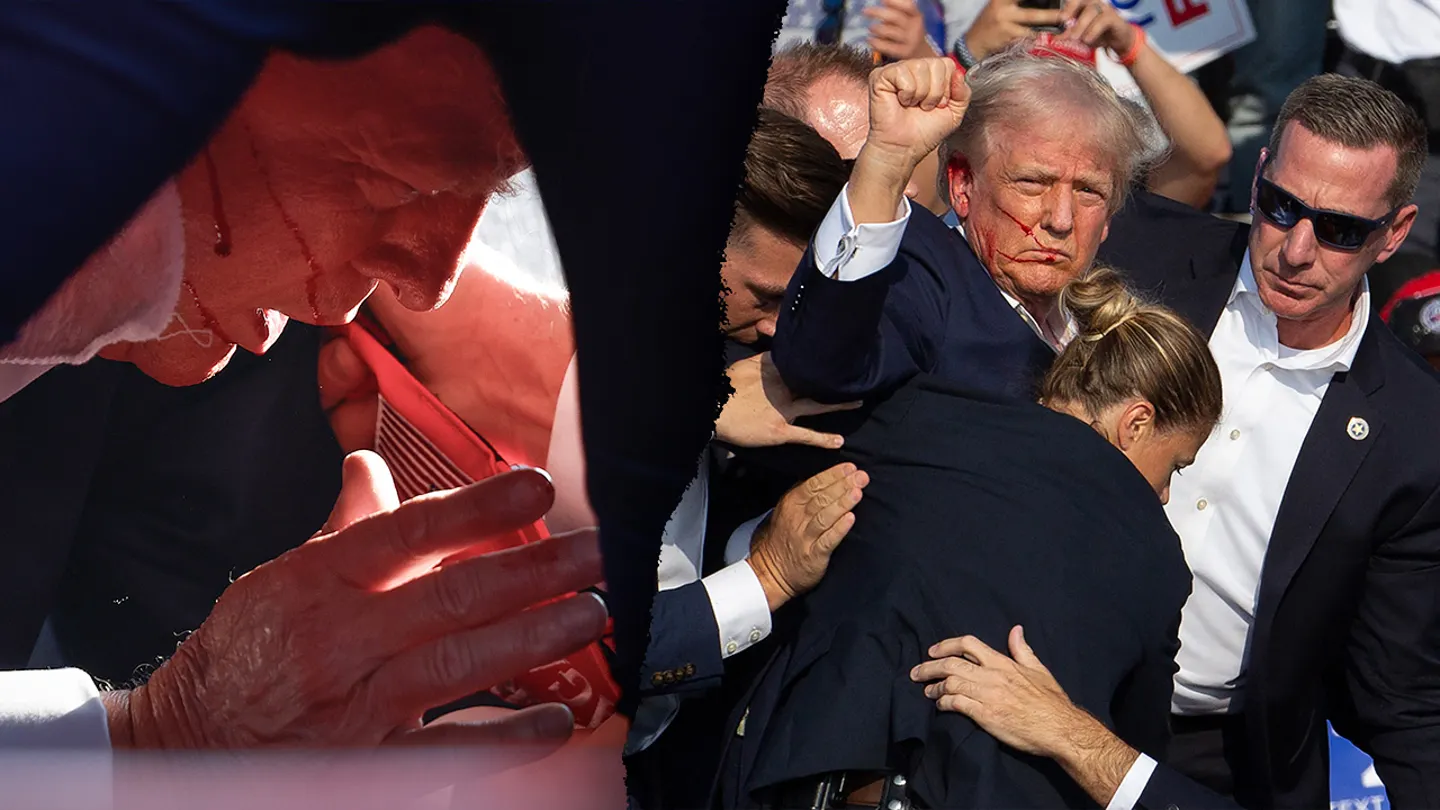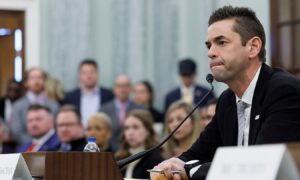The tragic shooting at former President Trump’s rally in Pennsylvania on July 13 was a “preventable” occurrence caused by a lack of effective preparation and communication among law enforcement agencies, according to a new assessment.
The House Task Force probing Trump’s assassination attempts will release its preliminary findings on Monday, with a final report due by December 13.
“Although the findings in this report are preliminary, the information obtained during the first phase of the Task Force’s investigation clearly shows a lack of planning and coordination between the Secret Service and its law enforcement partners before the rally,” according to the document.
U.S. Secret Service (USSS) personnel at the event “did not give clear guidance” to state and local authorities about how to manage security outside of their hard perimeter, nor was there a central meeting between USSS and the law enforcement agencies supporting them the morning of the rally, according to the 51-page report, which highlights two key failures.
“Put simply, the evidence obtained by the Task Force to date shows the tragic and shocking events of July 13 were preventable and should not have happened,” says the report’s conclusion.
A would-be assassin’s bullet struck Trump, the Republicans’ 2024 contender, in the ear when he was addressing fans at a rally in Butler, Pennsylvania, over the summer.
Thomas Matthew Crooks, 20, opened fire on the rally from a rooftop just outside the security cordon, killing one person and wounded two others, including Trump.
The Monday report highlights the amount of criticism that USSS has faced since the shooting, with politicians on both sides asking how Crooks was able to fire eight shots before dying from a single bullet to the head.
The task team discovered that Crooks “had been under scrutiny by the Secret Service’s state and local partners” for approximately 40 minutes before “information about a suspicious person” reached the USSS command post.
It stated that three local law enforcement officers spotted Crooks at 5 p.m. ET and “independently” concluded that his “behavior and manner were suspicious.”
Back-and-forth ensued between local and state forces, with communication hampered by the absence of a central command system with USSS.
According to the report, between 5:38 and 5:51 p.m., “a series of calls and messages about Crooks’s description and movements reached the Secret Service.”
The paper also cited previous testimony from a Butler Township Police Department officer whose colleague saw Crooks on the roof moments before he opened fire.
That witness stated that their colleague fell from the roof, which he was tenuously grasping, while crying “THERE’S AN AR!” AN AR! AN AR! “A guy with an AR!”
“To date, the Task Force has not received any evidence to suggest that message reached the former President’s USSS detail prior to shots fired,” according to the document.
The article also quoted a witness from Butler County Emergency Services United (ESU), whose story of shooting Crooks appeared to contradict the USSS’s claim that one of its snipers killed the gunman.
“He fired one shot from a standing position at Crooks, who was prone on the roof. Butler ESU Witness 5 told the Task Force that he believes his gunfire hit Crooks,” the report stated.
According to the report, Crooks’ autopsy revealed that he was only hit by one bullet, which killed him. Former USSS Director Kimberly Cheatle earlier stated that Crooks was killed by a USSS counter-sniper, and the study stated that “there is no evidence to date to the contrary.”
“The autopsy found no evidence of an entry wound from a second bullet,” according to the investigation report.
According to the study, Crooks’ bloodwork was also “positive for antimony, selenium, and lead,” with the last perhaps resulting from his time at a gun range.
The report also highlights logistical challenges, particularly on the part of the USSS, in the hours leading up to the rally.
For example, two command centers were set up for the event, and a witness stated that no one from the Butler Police Department was invited to the USSS’ hub.
Butler ESU Commander Edward Lenz also told Task Force staff that a sharpshooter in his unit recommended a USSS agent to pick up a radio communication device from their command center so that he could communicate with local and state authorities, but the agent never did.
According to the investigation, ESU snipers were not positioned to monitor the building Crooks shot from but were inside the compound. They were also not told of any plan to keep an eye on the facility itself.
“Local law enforcement told the Task Force that the Secret Service did not give any guidance to Butler ESU and Beaver ESU regarding the placement, role, and responsibilities of their snipers… they understood their assignment to be overwatch of the rally venue,” the paper stated.
Local and state law enforcement held two briefings on the morning of the march, but the USSS “did not participate in either briefing,” according to the report.
USSS had its own briefing at 10 a.m. that day, although the report indicated that local units were not invited.
In fact, one Pennsylvania State police officer “was invited to the 1000 USSS briefing by one USSS agent, then subsequently asked to leave by another.”
In the report’s conclusion, the Task Force stated that it would continue to interview officials and review new details as they emerged, and reaffirmed its commitment to investigating both the July 13 incident and the September 15 assassination attempt against Trump at his West Palm Beach Golf Course.
The Task Force was established by House leaders following a unanimous vote in the chamber.









